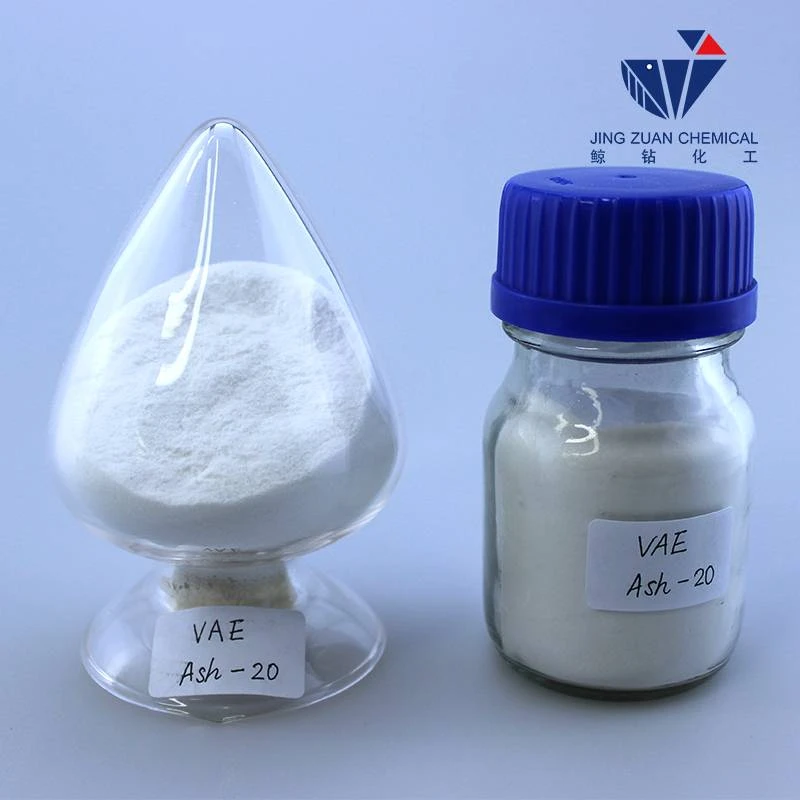
Th11 . 16, 2024 05:01 Back to list
hpmc cellulose
The Versatility of HPMC Cellulose in Modern Applications
Hydroxypropyl Methylcellulose (HPMC) is a cellulose derivative that has gained significant attention across various industries due to its remarkable chemical and physical properties. As a non-ionic, water-soluble polymer, HPMC is utilized in a multitude of applications, ranging from pharmaceuticals and food products to construction materials and personal care items. This article delves into the characteristics, benefits, and applications of HPMC cellulose, highlighting its important role in modern technology and everyday life.
Chemical Structure and Properties
HPMC is derived from cellulose through a series of etherification reactions, where propylene oxide and methyl chloride are introduced to the cellulose backbone. This transformation results in the introduction of hydroxypropyl and methoxy groups, enhancing the solubility of the polymer in water. The degree of substitution and the molecular weight of HPMC can be adjusted during production, leading to diverse formulations that cater to specific requirements.
One of the most notable attributes of HPMC is its excellent water retention capabilities. This property makes it an ideal candidate for applications where moisture retention is critical, such as in construction materials and personal care products. Additionally, HPMC exhibits rheological properties that enable it to function as a thickening agent, stabilizer, and emulsifier. Its non-toxic nature and compatibility with various substances make it a preferred choice in numerous formulations.
Applications in Pharmaceuticals
The pharmaceutical industry is one of the largest consumers of HPMC. Its water-soluble characteristics make it an excellent ingredient in controlled-release formulations, where the release rate of active ingredients can be meticulously controlled. HPMC is commonly used in tablet and capsule formulations as a binder and disintegrant, ensuring uniformity in dosage and enhancing bioavailability.
Furthermore, HPMC is utilized in ophthalmic solutions due to its lubricating properties, providing relief for dry eyes and improving comfort in contact lens wearers. The ability to form gels of varying viscosities makes HPMC a versatile component in both liquid and solid dosage forms.
Role in Food Products
HPMC is also extensively used in the food industry. It acts as a thickener, stabilizer, and emulsifier in a wide range of food products, including sauces, dressings, and baked goods. Its ability to retain moisture helps improve the texture and shelf life of various food items. Additionally, HPMC is considered a vegan-friendly alternative to other thickening agents, appealing to a growing demographic of health-conscious and environmentally-aware consumers.
hpmc cellulose

The food industry values HPMC for its safety and regulatory approval. It is generally recognized as safe (GRAS) by the USDA and FDA, making it an ideal ingredient for a variety of food formulations. As consumers seek healthier, cleaner ingredient lists, HPMC’s role in food technology is likely to expand.
HPMC in Construction
In the construction industry, HPMC is embraced for its adhesive and binding properties. It is a common additive in cement-based products, improving workability, water retention, and adhesion. HPMC enhances the performance of tile adhesives, mortars, and other construction materials by providing a creamy consistency and preventing the premature drying of mixtures.
As sustainable building practices gain traction, the inclusion of environmentally friendly materials such as HPMC can contribute to reducing the overall carbon footprint of construction processes. Its biodegradability and low environmental impact further bolster its attractiveness as a construction additive.
Personal Care Products
The personal care industry benefits significantly from HPMC’s thickening, emulsifying, and film-forming properties. It is widely incorporated into lotions, creams, shampoos, and other cosmetics, enhancing texture and stability. Consumers appreciate the smooth finish and improved spreadability that HPMC imparts, making it a favorite among formulators.
Moreover, HPMC is used in dental products, such as toothpaste and mouthwash, where it acts as a thickener and binder, ensuring a pleasant consistency and user experience. Its gentle nature makes it suitable for sensitive skin formulations, reinforcing its position in the personal care sector.
Conclusion
In summary, Hydroxypropyl Methylcellulose (HPMC) is a multifunctional polymer that plays a critical role across various industries. Its unique properties make it indispensable in pharmaceuticals, food products, construction, and personal care. As industries continue to evolve and consumer preferences shift towards sustainable and safe products, HPMC is poised to hold a significant position in the future of formulation science. Its versatility and wide-ranging applications underscore the importance of HPMC cellulose in both contemporary practices and innovative developments across multiple sectors.
-
Versatile Hpmc Uses in Different Industries
NewsJun.19,2025
-
Redispersible Powder's Role in Enhancing Durability of Construction Products
NewsJun.19,2025
-
Hydroxyethyl Cellulose Applications Driving Green Industrial Processes
NewsJun.19,2025
-
Exploring Different Redispersible Polymer Powder
NewsJun.19,2025
-
Choosing the Right Mortar Bonding Agent
NewsJun.19,2025
-
Applications and Significance of China Hpmc in Modern Industries
NewsJun.19,2025







